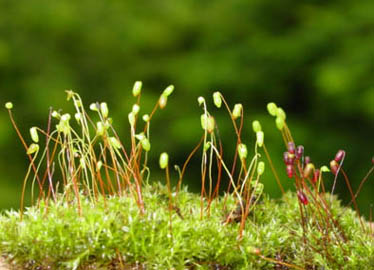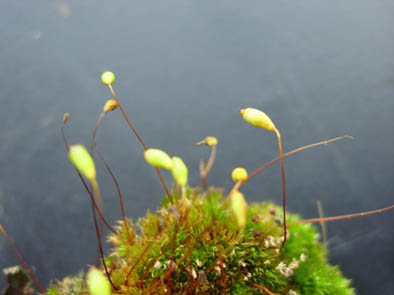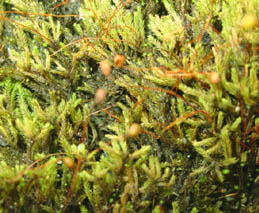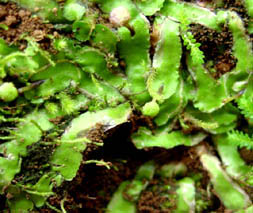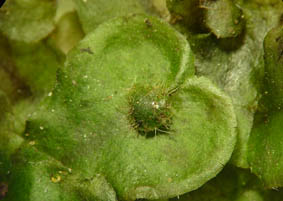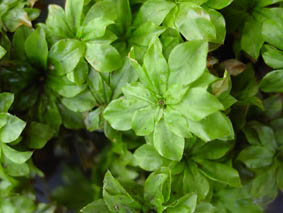|
Bryophyte Project (Ongoing):
Eco-Systematic Studies on the Bryophytes of Kerala
This Project funded by the Kerala State
Council for Science, Technology and Environment (KSCSTE), Govt. of
Kerala, aims to document the bryophyte diversity of the Kerala
State.
The
Kerala State, located in the southwest corner of the Indian Peninsula, is
one among the notable areas of rich biodiversity in the world. Its unique
location and long geological history as the part of Gondwanaland moulded
its ideal climate and diverse vegetation types that support rich flora
including bryophytes. Eventhough the bryophytes form an important
component in the forest ecosystems of Kerala, it was not subjected to
thorough studies.
When
compared to other group of plants, even a checklist containing at least
50% of the estimated bryoflora of the State is still lacking. This clearly
reveals the degree of neglect shown towards this ecologically significant
group. The less economic importance and the lack of taxonomic literature, or the difficulty
of obtaining it, faces those wishing to study bryophytes. This is, of
course, a rather common experience in the tropical countries, the
difficulties are perhaps more acute in India, especially in South India.
Much of the taxonomic literature is scattered and, for some groups, old
and of limited value for identifying specimens.
The
first mention of the bryophytes of this area was that appeared in
Van Rheede’s monumental work Hortus Malabaricus. He
described with illustration one species as ‘puem-peda’
(in Latin) in volume 12 (t. 37, p. 71, 1693), which later identified
as Bryum bicolor Dickson.
(synonym of B. dichotomum).
The
17th century colonial plant collectors, made some
sporadic collection of bryophytes from the then Malabar, Cochin and
Travancore areas of Kerala. These
collections remained unstudied for a long period and some of these
were subjected to studies by European bryologists recently, which
resulted in occasional publications, but most of them with the
comments ‘precise locality not known’. Random collections were
also made recently by Indian botanists. But it was never
subjected to a thorough documentation.
Our preliminary
explorations yielded many interesting new records for India. It is
not a wonder if many of the specimens collected turned into
novelties.
A preliminary check list of the bryophytes of Kerala is
under preparation, which will be posted here shortly. |
